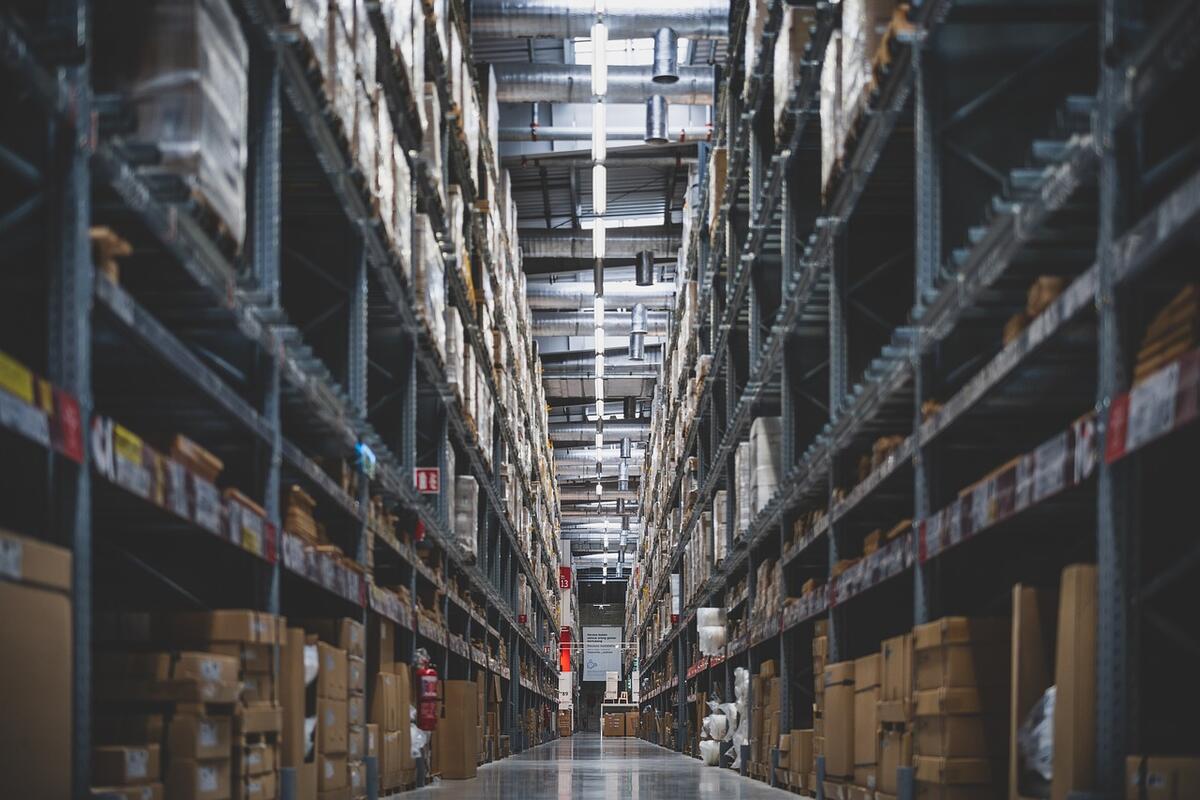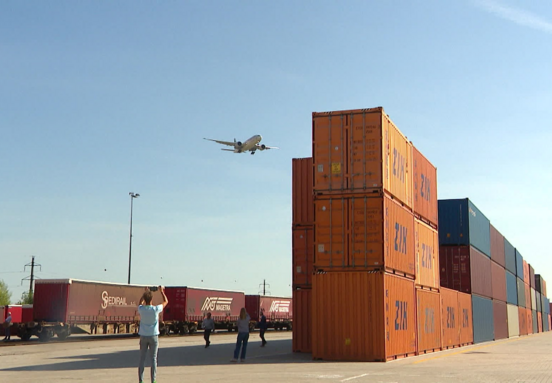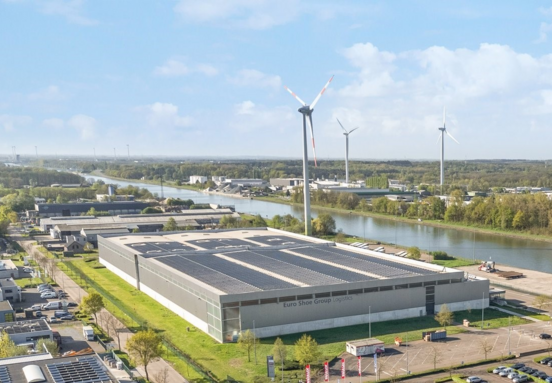By 2030, the e-commerce penetration rate in continental Europe is expected to increase from 10% to 13.4%. This rapid shift in online shopping behaviour increases pressure on the existing logistics infrastructure. Developing modern, well-connected warehouses close to urban centres is becoming crucial to meet this demand.
"E-commerce remains a powerful driver of logistics demand. It continues to grow in Europe, and we see strong potential in several strategic markets," Cristian Oller, Regional Vice President of Operations at Prologis Southern Europe.
A Direct Impact on the Belgian and Luxembourg Markets
Thanks to their central geographic location and quality transport infrastructure, Belgium and Luxembourg occupy a strategic position in the European supply chain. Belgium is notably a key hub for distribution to the Netherlands, Germany, and France, while Luxembourg offers efficient connections and a stable logistics environment.
The rise of e-commerce in the region increases the pressure to develop sustainable logistics facilities supporting fast and efficient deliveries. Companies must adapt their supply chains to shorten delivery times while reducing their carbon footprint.
Inevitable Structural Transformations
Land scarcity, particularly near urban centres, forces logistics operators to innovate. Multi-level warehouses, environmentally friendly facilities, and urban logistics are all solutions currently being deployed.
"We are entering a new logistics era where speed, sustainability, and proximity are becoming essential criteria," concludes Cristian Oller. Source: Voxlog







